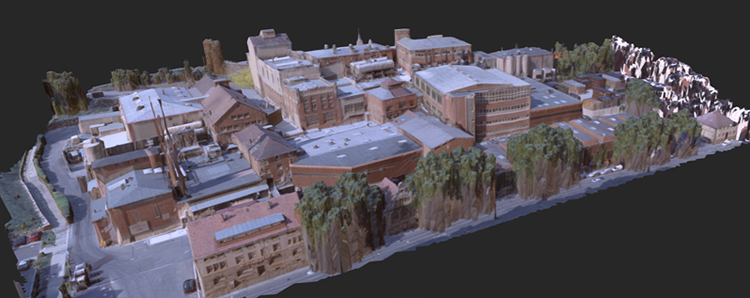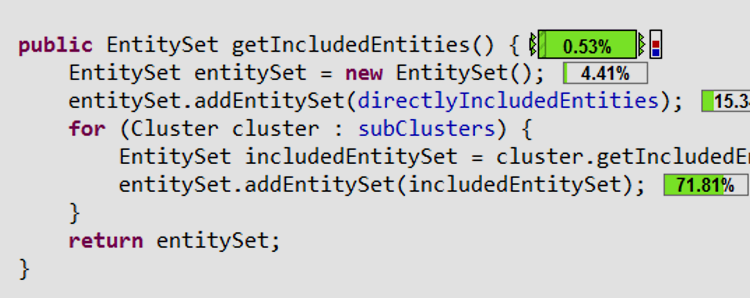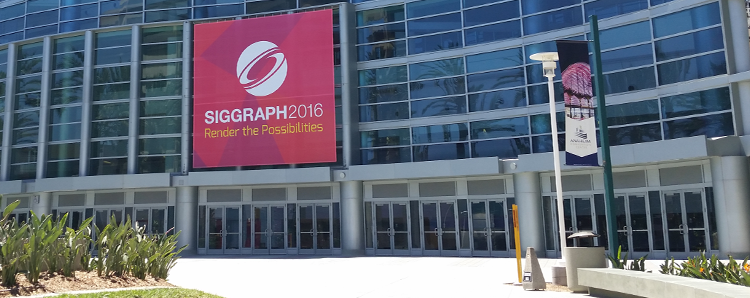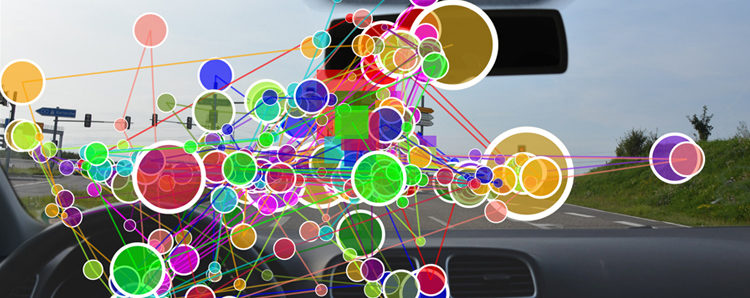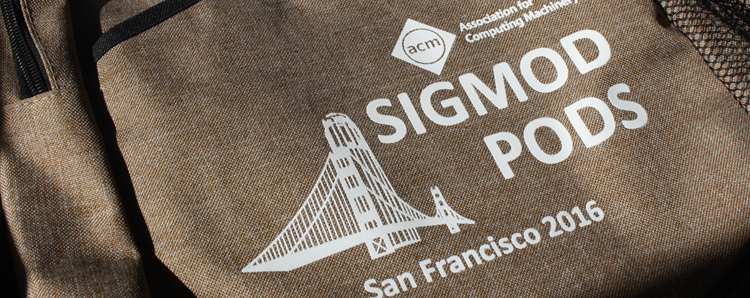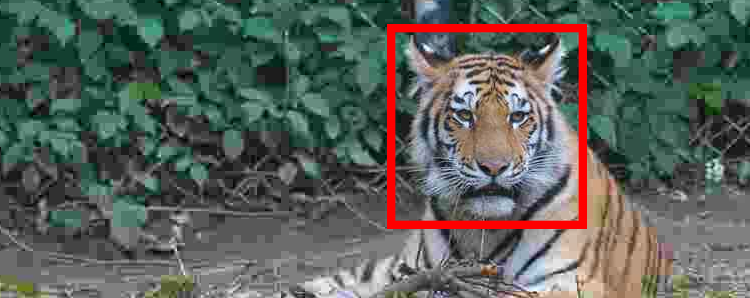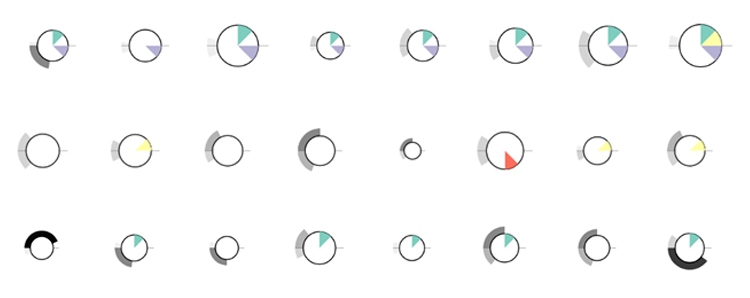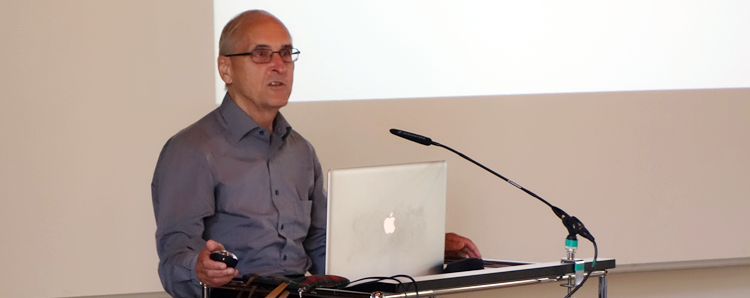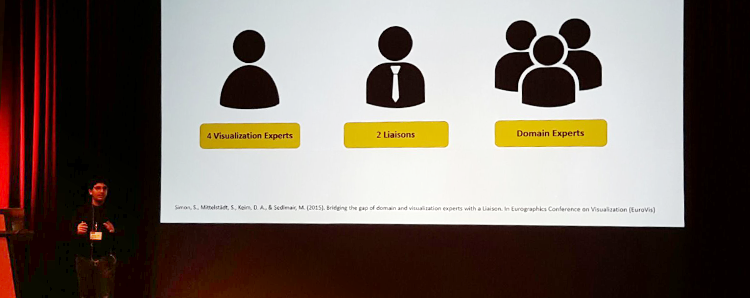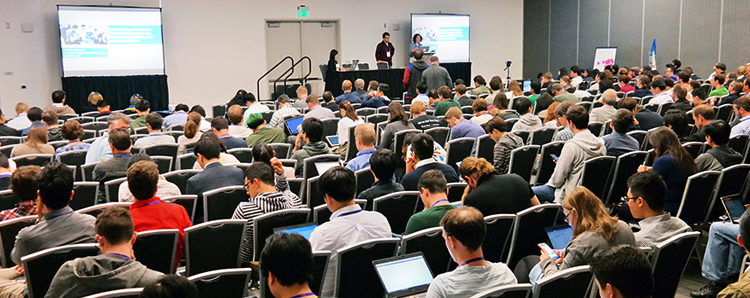Nowadays, we increasingly deal with navigation systems to find our way to unknown places, or have a look at digital maps or street views to get a first impression of places we have never been before. As the computational hardware and software conditions are constantly improving, the applications and their underlying building models do with increasing geometric complexity and detailed textures. But by creating new systems that use virtual city models, we always have to keep one question in mind: What kind of representations do we really need to understand the inherent information? Within our research we want to get a deeper understanding of the human’s cognitive experience of virtual 3D cities.
How do people perceive buildings in virtual 3D cities?
